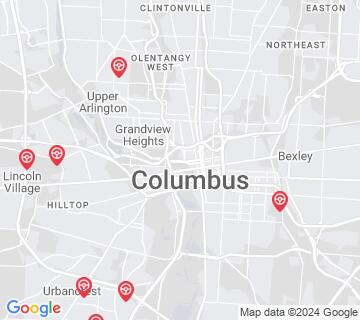Air Brakes
This endorsement is required for driving a vehicle with air brakes. To receive this endorsement, applicants must pass a written test. The test consists of 25 multiple choice questions. Each question has three or four answer choices. To pass, the applicant must answer at least 20 questions correctly. Test questions come from the Mississippi Professional Driver’s Manual. Questions come from the chapter covering: Air Brakes. The Air Brakes endorsement may be used with the Class A, B or C CDL.
Number of Question
Passing Score
7. A low air pressure warning signal:
Explanation
Any vehicle with air brakes must be equipped with a low air pressure warning signal.
8. When the brake pedal is depressed, air brakes work:
Explanation
After the brake pedal is pushed down in a vehicle with air brakes, it takes a half-second or more for air to flow through the lines and make the brakes work. This contrasts with hydraulic brakes used in cars and light and medium trucks, which instantly begin working when the pedal is pushed.
9. If you’re driving and the ABS warning light comes on, it means:
Explanation
Vehicles with Anti-Lock Braking Systems (ABS) have yellow malfunction lights to alert the driver if something is wrong with the braking system. If these lights activate, the driver may have lost ABS on one or more wheels.
10. Truck tractors with air brakes built on or after March 1, 1997 must have:
Explanation
Truck tractors with air brakes built on or after March 1, 1997, and other vehicles with air brakes built on or after March 1, 1998, must be equipped with anti-lock brakes.
11. Air tank drains:
Explanation
Compressed air in an air brake system usually contains a certain amount of water and compressor oil. The water and oil can damage the brakes if left to accumulate in the system. Manually operated air tank drains must be opened daily to remove this build-up.
12. A one-way check valve:
Explanation


